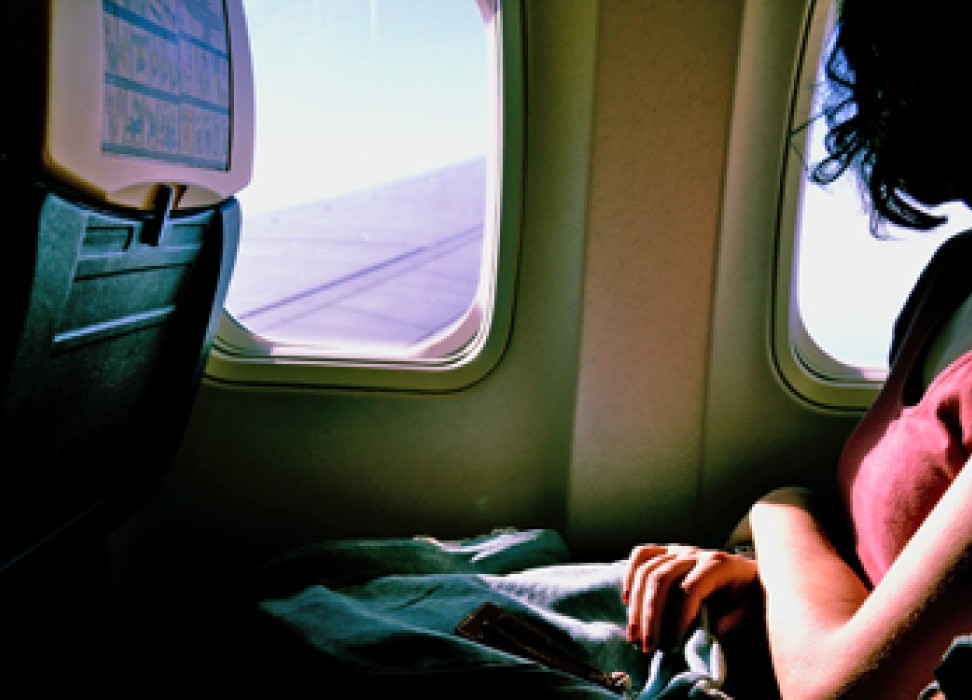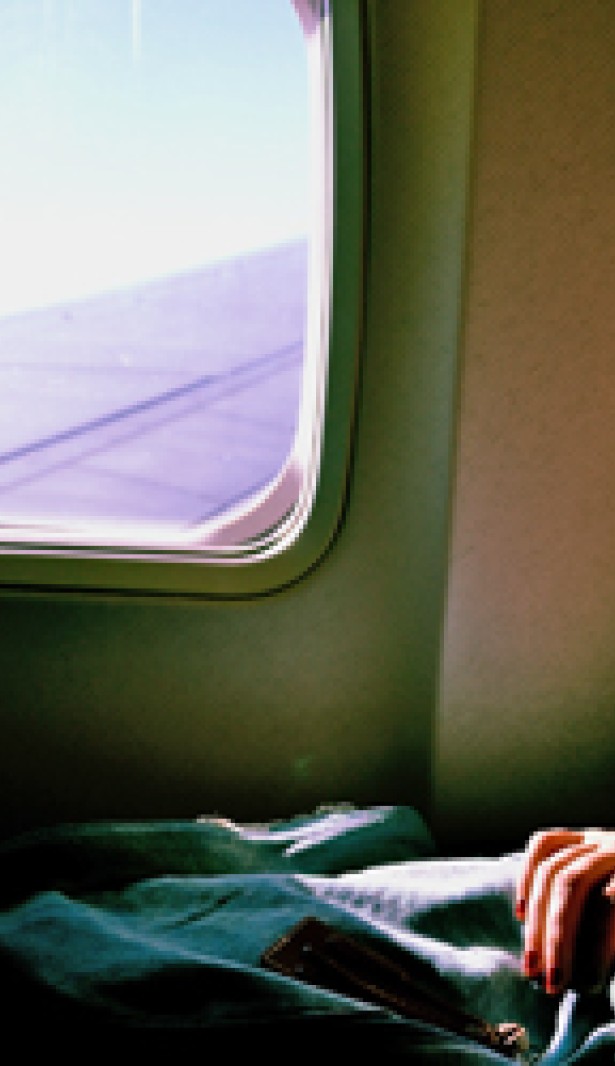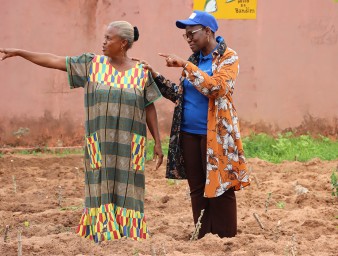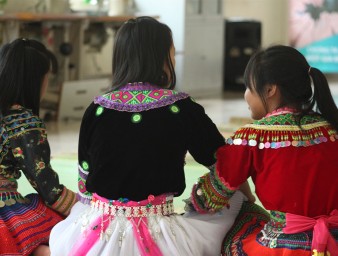How to train cabin crews to identify trafficking victims
04 January 2018

“Something in the back of my mind told me that something was not right,” Shelia Fedrick, a flight attendant working for Alaska Airlines, told reporters. “The girl looked like she had been through hell.”
Fedrick was working on a flight from Seattle to San Francisco, United States, when she noticed on board a well-dressed older man travelling with a teenage girl that she said looked “dishevelled and out of sorts.”
Fedrick tried to speak to the pair but the girl remained silent and the man became defensive. It was at that moment that the flight attendant decided to leave a note for the girl in the restroom and instructed her discreetly to go to the restroom.
“She wrote on the note that she needed help,” said Fedrick who immediately informed the pilot. Police officers were waiting at the plane’s terminal in San Francisco on arrival and were able to confirm that the young girl was a victim of human trafficking.
Fedrick, who has been a flight attendant for over ten years, said the incident reminded her of her training; although she felt that she could have seen other victims without being fully aware that they were being trafficked.
“If you see something, say something,” Fedrick told reporters.
Human trafficking is considered the third most lucrative illegal activity on the planet, after the illegal sale of arms and drugs, and its clandestine nature makes it difficult to quantify with precision.
Men, women and children are recruited, transferred, harboured or received, through the use of force or deception, to be exploited into prostitution rings, forced labour, domestic servitude or the removal of their organs.
In 2017, the International Labour Organization (ILO) estimated that some 40.3 million people worldwide were subjected to forced labour and modern slavery. Further, the UN Office on Drugs and Crime (UNODC) in its 2016 Global Report revealed that the majority of trafficking victims, 51%, were women.
International efforts to address trafficking can be traced back to at least a century and a fundamental shift is taking place in how the international community thinks about human trafficking. For instance, the US Department of Homeland Security indicates that during the fiscal year 2017, its Immigration and Customs Enforcement branch rescued or identified 518 victims.
In 2010, the UN General Assembly adopted a Global Plan of Action to Combat Trafficking in Persons, calling on States to adopt national action plans to end trafficking. Specialized UN agencies also have their role to play: the UN Human Rights Office has been working with the International Civil Aviation Organization (ICAO) to develop guidelines for airlines operators to train cabin crews in identifying and reporting trafficked individuals.
“Cabin crewmembers are in a unique situation where they can observe passengers over a certain period of time allowing them to use their observation skills to identify a potential victim of trafficking,” the document reads. “If cabin crewmembers suspect a case of trafficking in persons on board, a proper assessment of the situation is necessary before any response can be initiated.”
The Guidelines document gives examples of indicators for cabin crews on how to identify potential victims. These include situations where a passenger is not in control of their documentation or has false identity documents; is not aware of their final destination; may not be allowed to speak for themselves directly; or has no freedom on the aircraft to separate themselves from those accompanying them.
If they believe they have identified a victim, cabin crew are advised to then follow specific reporting procedures whether the aircraft is in the air or on the ground, being always mindful to not jeopardize the victim’s and other travellers’ safety.
4 January 2018




